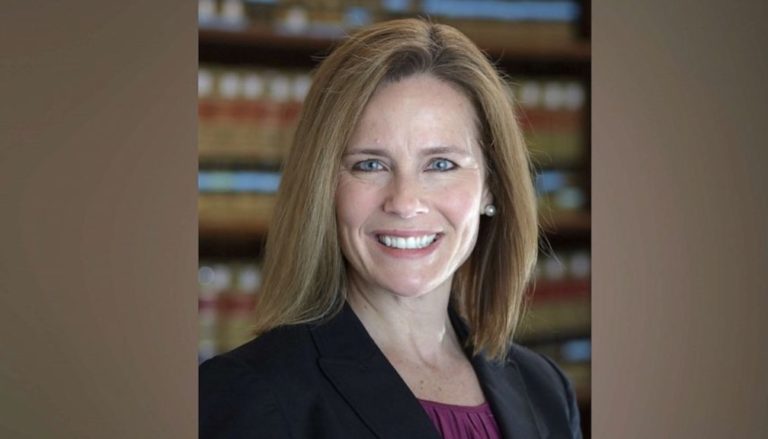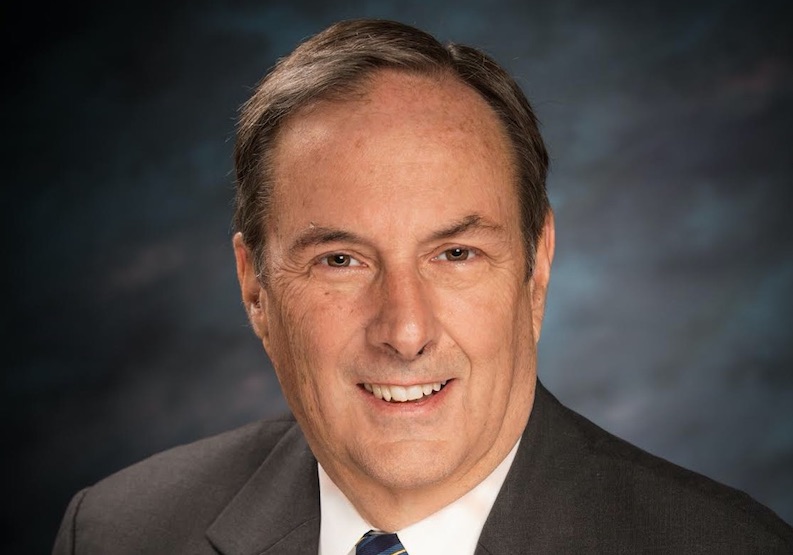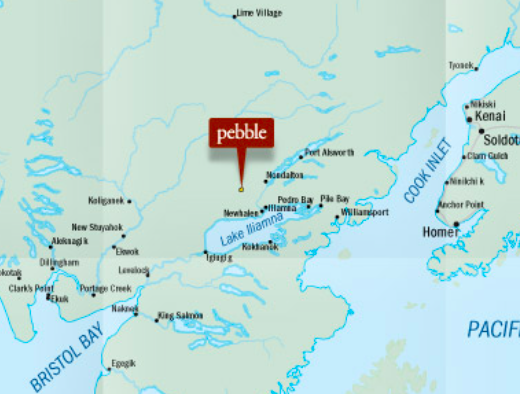By CRAIG CAMPBELL
Next month we face the most significant election in my lifetime, and I’m old. After a summer filled with violent riots, this election season may end with more violence and destruction of property and lives in the name of “social justice” and “fair elections.”
Burning down America will not bring social justice or create a better society. Only the looney on the Left think that further dividing our people is good for America, but that is a real possibility based on the track record of this past summer.
Contrast that with how Anchorage responded to the “Summer of Love.” Anchorage did not erupt in violence. We did not burn down businesses, loot stores, murder people in the streets, or spew hatred against those who we had political disagreements. Peaceful demonstrations were held, some with heated exchanges, but they remained peaceful.
That method of protest is specifically spelled out in the First Amendment to the U.S. Constitution which “prohibits the United States Congress from enacting legislation that would abridge the right of the people to assemble peacefully (my emphasis)” as the means to redress grievances against the government.
Anchorage, thus far, has demonstrated the political maturity to debate, demonstrate, and argue our differences without resorting to the power struggle of violence. Congratulations, well done.
Our test is yet to come. Will we continue to be the shining example of peaceful protests, or will we become just another American city destroyed by division led by a national movement to replace Democracy with Marxism. I kid you not. Anarchists are already mobilizing with the intent to violently disrupt our national security after the election and to ignite a revolution.
As I am writing this, Louisville, and many other cities have once again erupted in violence. This time over the grand jury indictment of a former police officer in the death of Breanna Taylor, all because the indictment did not meet the mobs thirst for vengeance.
Will Anchorage do the same? If we do, we will have been drawn into the abyss of militant violence not based on the rule of law, but rather based on mob hysteria fueled by radical anarchists.
Two upcoming events will further test our resolve. President Trump is expected to nominate a Supreme Court judge this weekend to replace Justice Ginsberg. How will we respond?
The tension leading into the November election is at a fanatical frenzy. No matter whether Joe Biden or Donald Trump is elected our next president, projections are there will be violence across America. How will we react?
Not since the American Civil War have tensions been so extreme. The difference is, the Civil War had clear geographical boundaries and political objectives that could be recognized, if not accepted by all.
The Confederacy (south) was comprised of states that believed in a confederation form of government and supported slavery as an economic tool for prosperity. In no way am I inferring this was good or right, it’s just an historic fact.
The Union (north) was also aligned by specific states, but supported a federal system of government, generally opposed to slavery. The objectives of both sides were clear.
That is not the case in 2020.
Yesterday I drove by the Alaska Center for the Performing Arts (ACPA) in Anchorage. I saw the banners “Black Lives Matter In AK” hanging from the front of the building. Before you jump to an incorrect conclusion, I was not offended. Black Lives Matter was established as a social movement advocating for non-violent protests against police brutality against black people, it represented an honorable cause.
Then came the Ferguson and Baltimore riots, and BLM was hijacked by Marxists aligned with Antifa. BLM now embraces a diversity of tactics, including violence, to achieve its goals.
Hawk Newsome, head of Black Lives Matter for Greater New York has said that if BLM is not given what they want, they will “burn down” the system. This is funded by the likes of uber-liberal billionaire George Soros “Open Society Foundations,” which has donated over $33 Million to BLM. Don’t believe me? Do your research. It’s a fact.
Today, violent rioters across America are determined to eliminate our basic rights, fueled by Radicals who do not believe in individual accomplishment or the rule of law, but rather want to obliterate the greatest form of government ever created and ultimately impose a despotic autocracy where the enlightened elite determine what is “equitable and fair.”
Look no further than the rioting we see in Democrat-controlled cities, driven by anarchists determined to dismantle our institutions and replace our great democratic republic with their own autocracy. It’s all about POWER!
Revolutions are always about power. Today’s BLM/Antifa movement is straight out of the Russian Bolshevik Revolution playbook. They have the same objective, overthrow the establishment and create a power structure with them in control. Crush individualism in favor of collectivism. They win…You lose!
The pendulum swings back and forth. Every four years we get an opportunity to move that pendulum. Will we accept the outcome of the election, or become another Democratic lead city that doesn’t have the moral courage or leadership backbone to stand up against violent rioting if the political process doesn’t go their way.
Will Anchorage follow the sheep over the cliff, or will we stand tall against tyranny and the violence inflicted in order to gain control? Will Anchorage remain a community that respects opposing viewpoints and understands that politics is never perfect, but is the foundation of America and that our government structure is the best one ever created by people? Now the test.
First test: How will we respond to the Louisville indictment.
Second test: How will we respond to President Trump’s Supreme Court nomination?
Final test: How will we respond to the results of the November election?
Anchorage is a terrific community and we have always strived for social justice. We are good people. Not perfect, but working to improve how we treat each other. Cross your fingers that this unifying culture of our community will prevent anarchists from ruining a great American city.
Do your part: Vote and do not be hoodwinked into accepting anarchy as the alternative to justice and democracy.
Craig E. Campbell served on the Anchorage Assembly between 1986 and 1995 and later as Alaska’s Tenth Lieutenant Governor. He was the previous Chief Executive Officer and President for Alaska Aerospace Corporation. He retired from the Alaska National Guard as Lieutenant General (AKNG) and holds the concurrent retired Federal rank of Major General (USAF).








